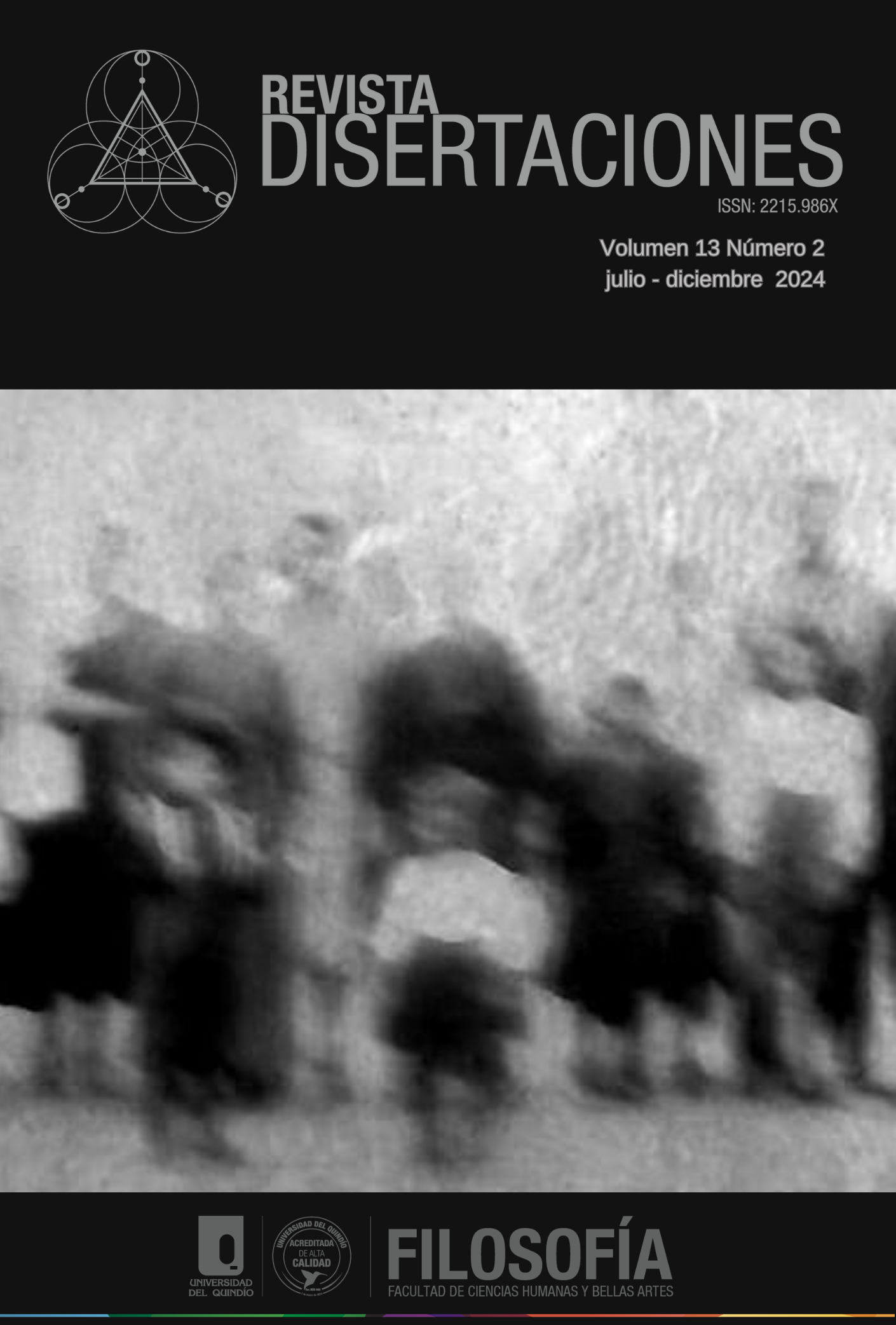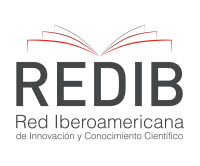Spectral Apparitions
Time and Politics in Argentinian Contemporary Artistic Practices
DOI:
https://doi.org/10.33975/disuq.vol13n2.1430Keywords:
Anachronism , Archives, Spectrality, Contemporary Artistic PracticesAbstract
In the following article I establish a relationship between contemporary artistic practices linked to the uses and interpretation of archives and what I call spectrality. This relationship is, as I argue, one of the main ways of access to artistic practices. For this approach, I recover the contributions to the subject made by Jacques Derrida, Aby Warburg and Georges Didi-Huberman, where it is possible to observe the fracture and reconfiguration of the linear temporality that sustained Western modernity from the figure of the specter. Secondly, is analyzed the works of the Argentine artists Daniel García, Graciela Sacco and Cristina Piffer, where I intend to observe the way in which these artists propose a visual and aesthetic imprint characterized by the use of archival images in which the figure of the specter occupies the central space of inquiry. In this sense, its argued that it is possible to think of the contemporary artistic practices that emerge after the military dictatorship that ruled Argentina between 1976 and 1983, as a spectral politics conceived as a reappearance of that which has been repressed and violated.

Downloads
Published
How to Cite
Issue
Section
License
Copyright (c) 2024 Jesús Antuña

This work is licensed under a Creative Commons Attribution-NonCommercial-NoDerivatives 4.0 International License.














